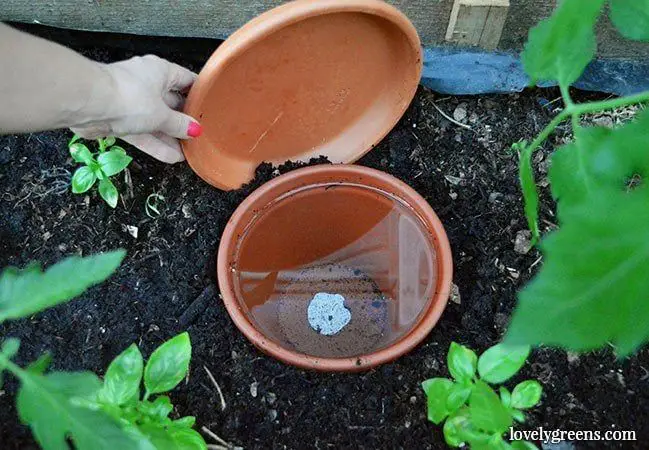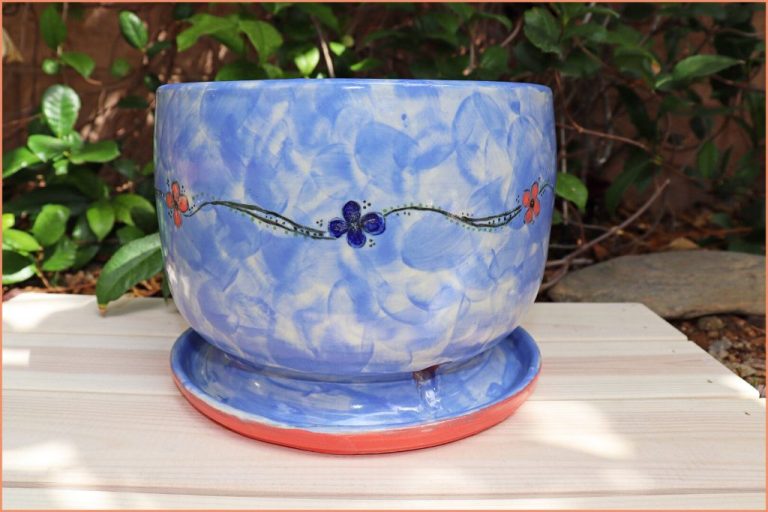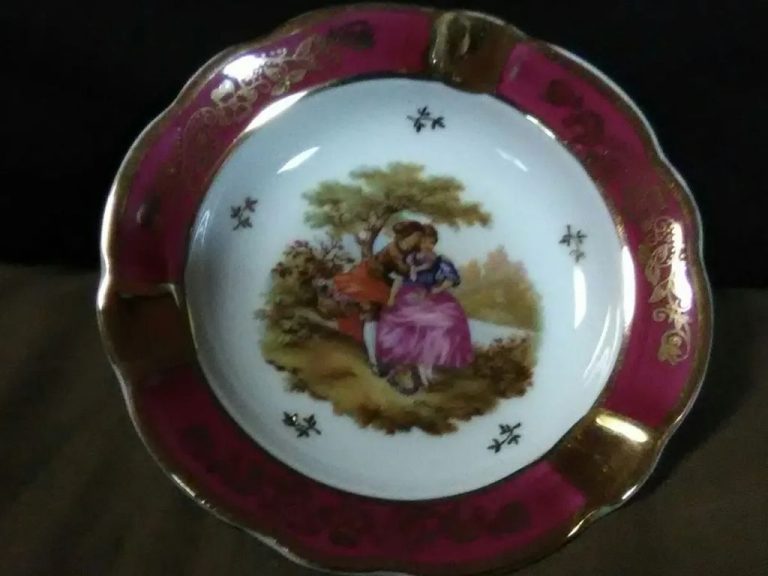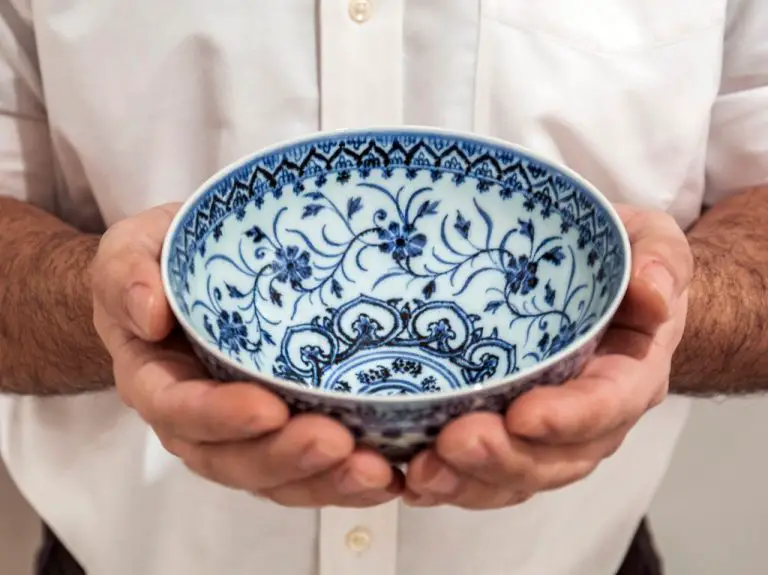Is Clay Good For Potted Plants?
Clay pots are commonly used for potted plants both indoors and outdoors. Clay provides some benefits over other pot materials like plastic or metal, but also has some potential drawbacks. This article overviews the pros and cons of using clay for potted plants to help determine if it’s the right choice for your needs.
Clay is porous and allows air and moisture to move through the pot walls. This can help prevent overwatering and root rot, while still letting the plant access water as needed. Clay is also thought to keep soil temperatures more consistent. On the downside, clay pots are heavier, can crack or chip more easily, and may dry out faster than other materials.
Water Retention
Clay soils have excellent water retention abilities compared to other soil types. The tiny pore spaces between the small clay particles are able to hold onto water tightly through capillary action. According to the University of Wisconsin Extension article “The important role of soil texture on water” [1], clay’s small particle size allows it to retain moisture relatively well even during drought conditions. This benefits plants like corn, soybeans and wheat.
Furthermore, as noted in the Wikipedia article “Soil water (retention)” [2], clay’s strong adhesion allows it to hold onto water molecules much more tightly than sandy soils. As a result, clay soils release water slowly over time through drainage and evaporation. This provides a consistent supply of water to plant roots.
Porosity
The porosity of clay refers to the many small pores and spaces between the clay particles. According to Soil Porosity – an overview | ScienceDirect Topics, soil porosity is important for conducting water, air, and nutrients through the soil. The small pores in clay soils are effective at holding onto moisture. At the same time, the pores still allow oxygen to permeate down to the plant roots. As noted in Analysis of plant root properties, texture and porosity, the texture and porosity of soil is associated with plant root growth in certain conditions. The small pores in clay provide an ideal balance of moisture retention and aeration for healthy plant roots.

Weight
Clay pots are heavier and more dense than plastic pots, which is a key difference between the two materials. According to the University of Nebraska-Lincoln, “They [clay pots] also have a fair amount of weight and do not blow over as easily as some plastic pots.” https://lancaster.unl.edu/choosing-clay-or-plastic-pots-plants The added weight of clay pots means they are less likely to blow over or shift in the wind compared to lightweight plastic pots. This can make clay a better choice for pots displayed outdoors.
Appearance
Clay pots have an earthy, natural look that can add rustic charm to any space. They come in various shapes, colors, and designs, allowing you to match them to your indoor or outdoor décor. The natural clay material gives them a textured, handmade appearance. Glazing clay pots creates a smooth, shiny exterior in different colors like blue, green, yellow, etc. Unglazed terra cotta pots have an orange-red hue that pairs well with plants. Clay pots’ artisanal look stands out next to other containers like plastic or ceramics.
As a biodegradable and sustainable material, clay has aesthetics aligned with environmentally conscious lifestyles. Using clay pots embraces traditional pottery crafts and their handmade imperfections. The assortment of sizes, silhouettes, and finishes allows you to find the right accent pot or planter for your needs. Whether going for a cohesive look or an eclectic style, clay pots’ versatility offers design appeal.
Durability
Clay pots are known for their durability, as they are made from fired clay which creates a strong, solid material. However, clay pots can crack or chip if knocked over or dropped. The porous nature of clay also means the material can deteriorate over time. Plastic pots on the other hand are more lightweight and flexible, meaning they won’t crack if knocked over. However, plastic can become brittle and fade when exposed to sunlight over extended periods of time.
One study by the National Gardening Association found that on average, gardeners get 4 years of use out of a clay pot before it must be replaced. The same study found plastic pots last around 2 years before fading and becoming brittle. So while clay is ultimately more durable, plastic has the advantage of being lighter weight and is less prone to cracking and chipping.
Temperature
Clay pots are excellent insulators. They contain tiny air pockets that help insulate potted plants’ roots from extreme temperatures. When used for container gardening, clay acts as a thermal mass, absorbing and slowly radiating heat to the potting mix. This helps stabilize soil temperatures and prevents rapid fluctuations that can damage delicate roots (Manshi-Shah, n.d.).
Several studies confirm clay’s insulating abilities. Research on Mughal and Ottoman architecture found clay was used in building materials to regulate internal temperatures. The porous structure of clay pots creates a protective layer of stationary air that prevents heat transfer (MAT Journals, 2023). For container gardening, this means clay pots help insulate plant roots from both cold and hot external temperatures.
Drainage
Unglazed clay pots provide excellent drainage for potted plants. According to How to Plant in Terracotta Pots to Make Your Plants Thrive, the porous nature of unglazed terracotta allows excess water to evaporate through the sides and bottom of the pot. This helps prevent soggy soil and root rot. For optimal drainage, it’s crucial to use a clay pot with holes in the bottom. As advised in a Reddit gardening thread, resist the urge to plug the drainage holes in clay pots, as this will hinder drainage and cause the roots to sit in water.
Downsides
While clay pots have benefits for plants, they also have some drawbacks. One major downside is that clay is much heavier than plastic or other pot materials. The weight of clay pots makes them prone to cracking or breaking if knocked over or dropped (source). Repotting plants into a new clay pot can also be difficult due to the heavy lifting required.
Clay pots also tend to be more expensive than plastic pots. The production process for clay pots is more labor and resource intensive, resulting in higher costs (source). For gardeners with many plants to pot, the cost of numerous clay pots can add up quickly compared to inexpensive plastic pots. While the durability and other benefits of clay may outweigh the higher price for some, it is a disadvantage to consider.
Conclusion
In summary, clay pots offer both pros and cons for potted plants. On the plus side, clay provides excellent water retention and porosity. The porous material allows air exchange through the sides of the pot, and clay is heavier than plastic, providing stability. Clay pots also give a natural, earthy appearance. However, their porosity makes them less durable and prone to cracking, and the material conducts heat well, which can damage plant roots in extreme weather. The drainage provided by clay can be a pro or a con, depending on the plant’s water needs.
For plants that require thorough drainage like cacti and succulents, clay pots are an excellent choice. For plants that prefer more moisture retention like ferns and peace lilies, plastic or glazed ceramic may be preferable to unglazed terra cotta. With proper watering practices, many plants can thrive in clay pots. But gardeners should be aware of the potential drawbacks and monitor soil moisture closely to avoid overwatering.



